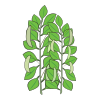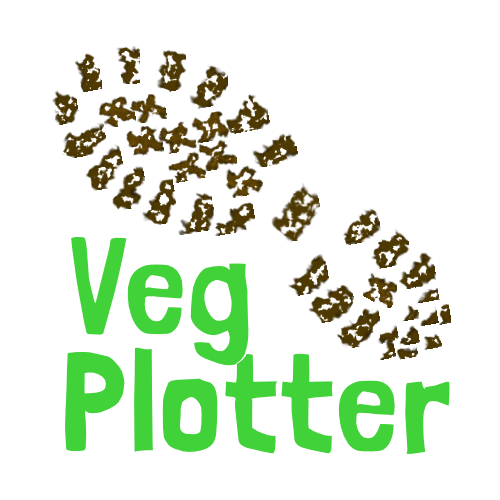Snow peas, also known as Chinese pea pods or mangetout, are a variety of pea (scientific name: Pisum sativum var. macrocarpon) that is valued for its tender, edible pods. Unlike other types of peas, snow peas are harvested and consumed before the peas inside fully mature, resulting in a flat, crisp pod that is both sweet and delicate in flavour.
The pods are typically bright green, smooth, and slightly translucent, allowing the small, underdeveloped peas inside to be faintly visible. Snow peas are a staple in many cuisines, particularly in East Asian cooking, where they are often stir-fried or added to salads and soups. They can also be enjoyed raw as a crunchy snack or garnish.
Rich in dietary fibre, vitamin C, and vitamin K, snow peas are a nutritious addition to meals. They are low in calories and fat, making them a popular choice for health-conscious eaters. Their subtle sweetness and crisp texture make them versatile, pairing well with a variety of ingredients, from light, zesty flavours to rich, savoury sauces.
Snow peas thrive in cool climates and are relatively easy to grow, making them a favourite among home gardeners. They are best harvested when the pods are still flat and before the seeds inside begin to swell.
How To Grow
Growing snow peas is a rewarding experience, as these plants are easy to cultivate and provide a delicious, crisp harvest. Follow these steps for a successful crop:
-
Choose the Right Variety
Select a snow pea variety suited to your growing region. Popular options include ‘Oregon Sugar Pod II’ and ‘Mammoth Melting Sugar’. Look for seeds that are disease-resistant for easier maintenance.
-
Timing
Snow peas prefer cool weather and can tolerate light frosts.
Plant in early spring: As soon as the soil is workable, typically 4–6 weeks before the last frost.
Fall planting: In regions with mild winters, plant 8–10 weeks before the first expected frost.
-
Select a Planting Site
Sunlight: Choose a location with full sun or partial shade.
Soil: Snow peas thrive in loose, well-draining soil with a neutral to slightly acidic pH (6.0–7.0). Amend the soil with compost or well-rotted manure for added nutrients.
-
Planting Seeds
Spacing: Sow seeds about 1 inch deep and 2 inches apart in rows spaced 18–24 inches apart.
Trellising: Snow peas are climbers. Install a trellis, netting, or stakes when planting to support the vines as they grow.
-
Watering and Maintenance
Watering: Keep the soil consistently moist, but not waterlogged. Snow peas need about 1 inch of water per week.
Weeding: Remove weeds to minimize competition for nutrients and water.
Mulching: Apply a thin layer of mulch to retain soil moisture and regulate temperature.
-
Fertilizing
Snow peas are light feeders. If your soil is rich, additional fertilizer may not be necessary.
Use a balanced, low-nitrogen fertilizer if growth appears slow. Too much nitrogen can lead to lush foliage at the expense of pods.
-
Pest and Disease Management
Common pests: Watch for aphids, pea weevils, and slugs. Use natural deterrents like neem oil or introduce beneficial insects such as ladybugs.
Diseases: Avoid powdery mildew and root rot by ensuring good air circulation and avoiding overwatering.
How/When To Harvesting
Snow peas are best harvested when the pods are young and tender. Here's how to ensure a successful harvest:
-
Timing
Harvest snow peas 60–70 days after planting, or as soon as the pods are flat and crisp with small, underdeveloped peas visible inside.
Check the plants daily, as snow peas mature quickly and are best picked before the seeds inside grow too large.
-
Picking the Pods
Gently hold the vine with one hand and snap the pod off with the other to avoid damaging the plant.
Use scissors or pruners if the pods are difficult to remove by hand.
Regular harvesting encourages the plant to produce more pods.
-
Best Practices
Harvest in the morning when the pods are crisp and cool.
Avoid waiting too long, as mature pods can become tough and fibrous.
-
Storage
Store harvested snow peas in a perforated bag in the refrigerator. They typically stay fresh for up to 1 week.
For longer storage, blanch and freeze them.


